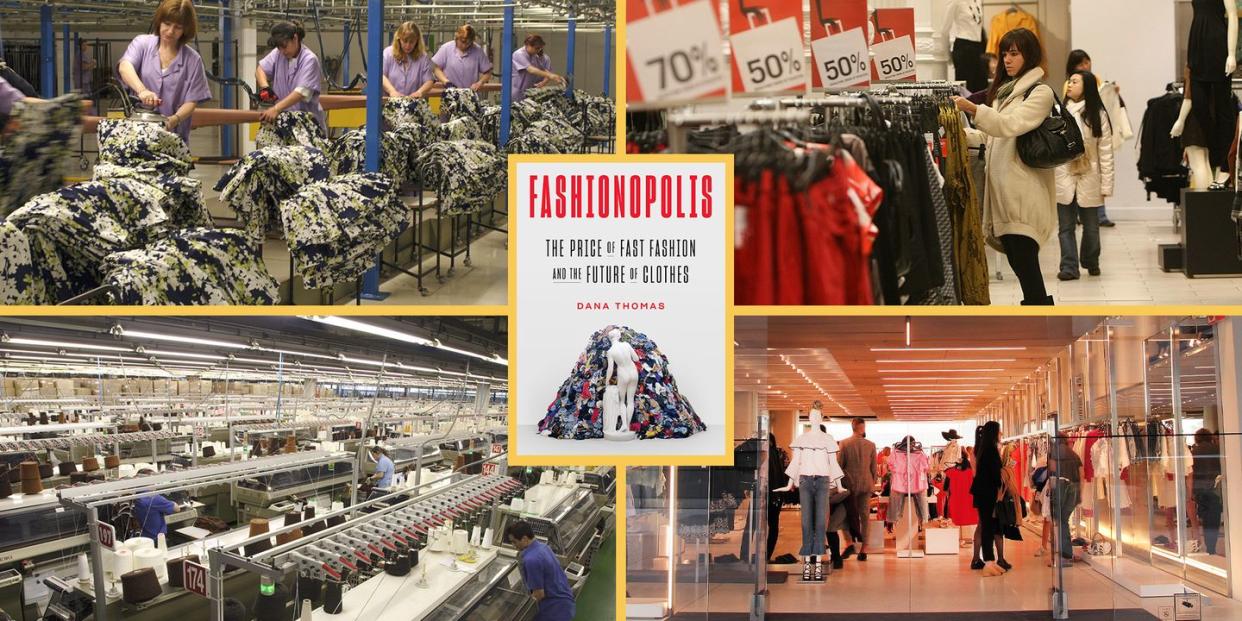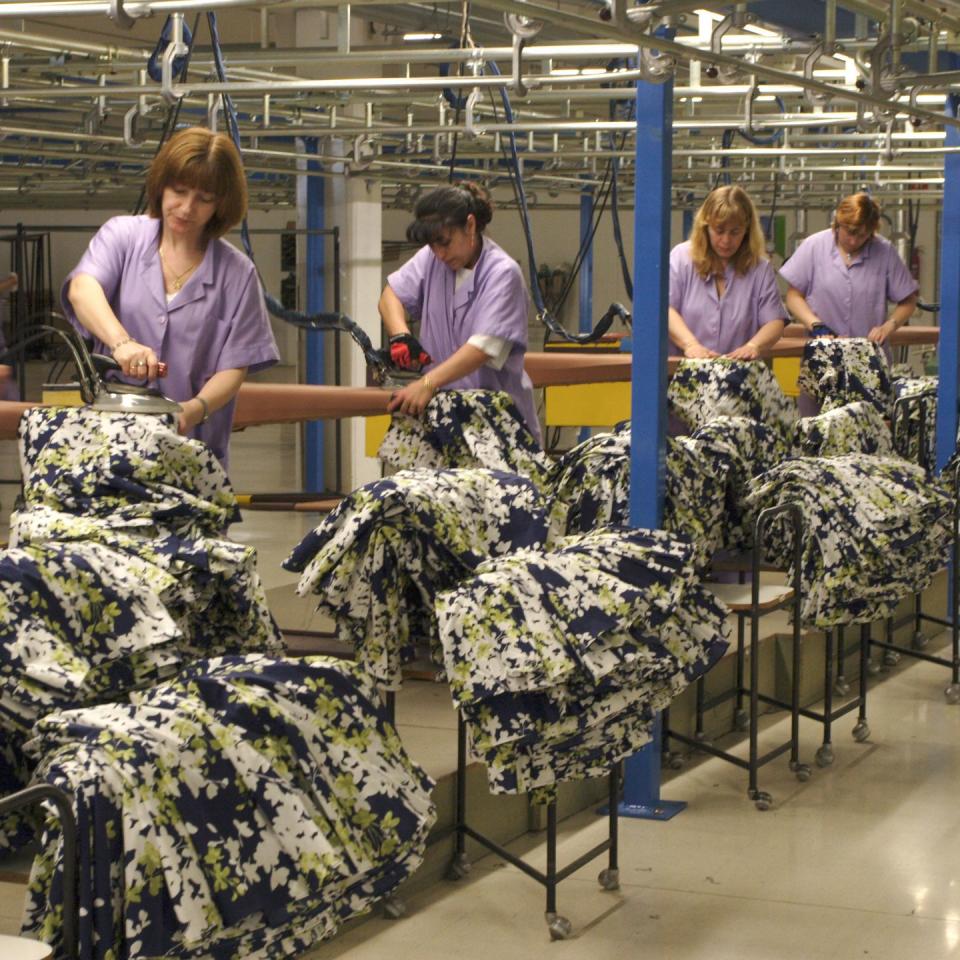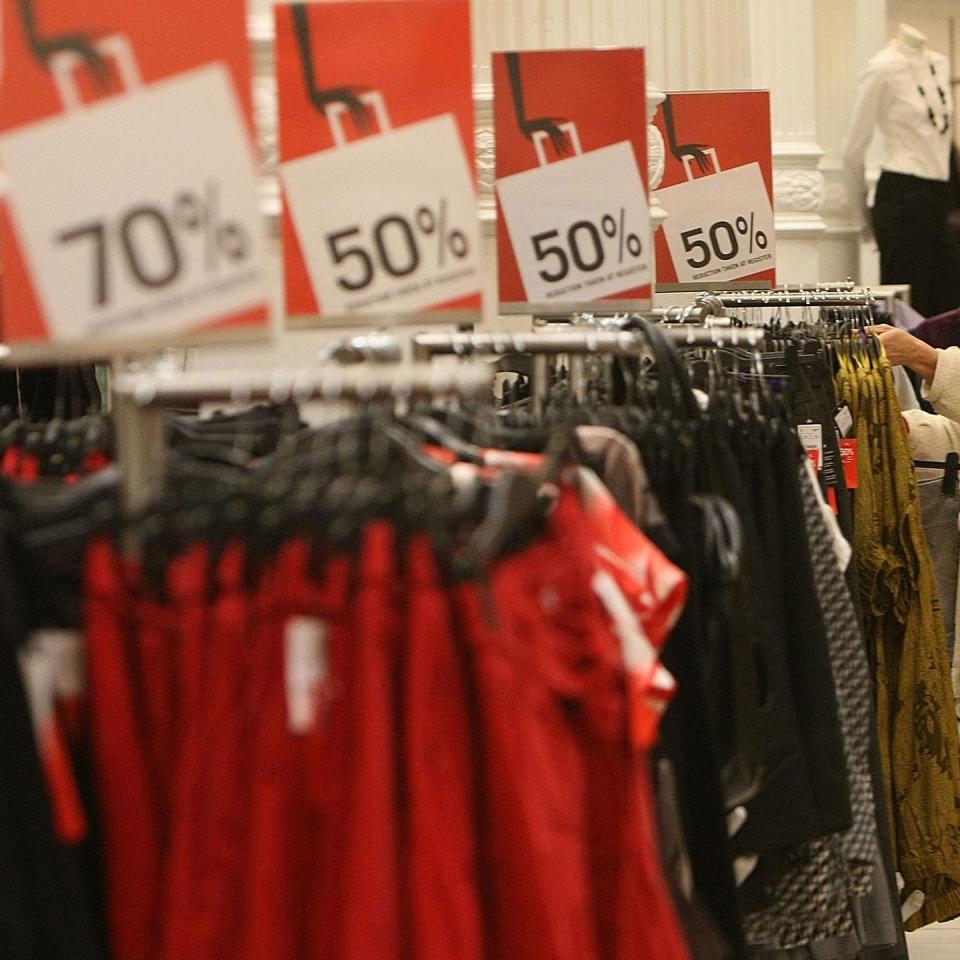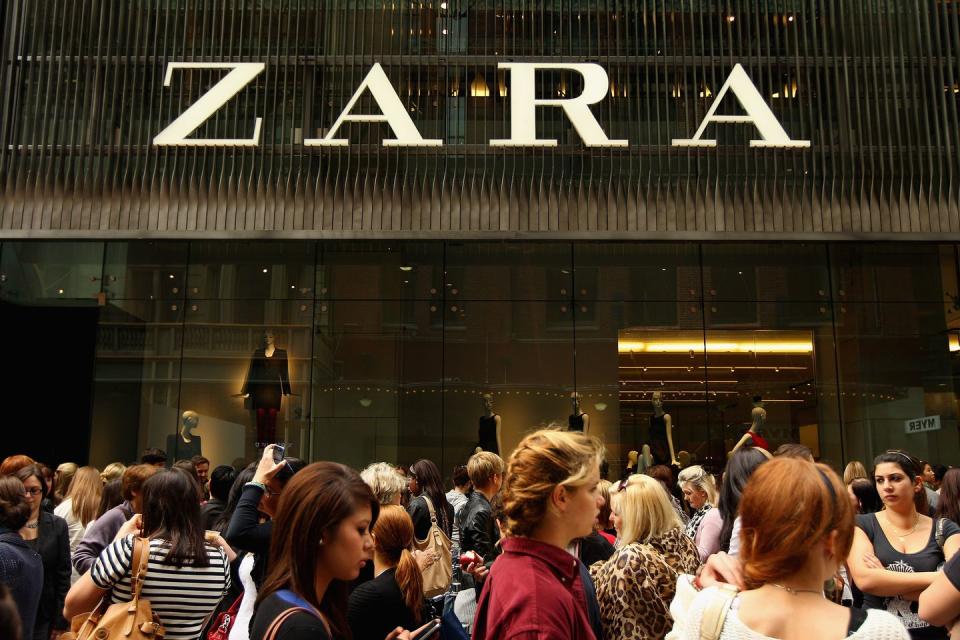Fast Fashion Is Costlier Than We'd Like to Admit. Dana Thomas' 'Fashionopolis' Shines a Light on the Dark Side of Getting Dressed.

As narrative devices go, fashion is hard to beat. An outfit can tell so many things about its wearer—era, social class, geography, taste, perhaps even profession. But one thing many people may not realize is that not just the clothing, but the fashion industry itself, can be used to spin a good yarn. One about politics, economics, policy, trends, the environment, and anything else that illustrates the current state of a culture. That's something author and journalist Dana Thomas knows maybe better than anyone.
In her 2007 New York Times bestseller Deluxe: How Luxury Lost Its Luster, Thomas told the story of globalization through the luxury industry’s transformation from small, predominantly family-run enterprises into the global, multi-billion dollar corporate behemoth we know it as today. Then, in 2015, she unpacked the corporate world’s ruthless exploitation of creativity with Gods and Kings: The Rise and Fall of Alexander McQueen and John Galliano. And now, with her new book Fashionopolis: The Price of Fast Fashion and the Future of Clothes, Thomas points her proverbial lens at the moral decay of industrial manufacturing, and the havoc it has wreaked on both humanity and the environment.
“I see this book as a third of a trilogy,” says Thomas, who spoke with us about her dive into fashion’s darker side. “The first book being the sacrificing of integrity for the sake of profits, and that’s Deluxe. The second being the sacrificing of the creative for the sake of profits, and that would be Gods and Kings. And then the third is sacrificing the planet and humanity for the sake of profits.”
Surely, by now, if you’ve been paying any sort of attention, you know that fashion is a dirty business. Human rights abuses, environmental devastation, economic devastation—these are just the broad strokes of a deeply broken system. And Fashionopolis seeks to pull the curtain back on that system. But it also wants to show us a way out.

For Thomas, the problem is actually much bigger than fashion. “Yes, this book is about sustainability and re-shoring. But it’s also about the impact of all industry in the capitalist movement, the capitalist way of doing business, on the planet and on humankind.”
Ultimately, fashion in Fashionopolis is a device through which we can view the calamity of the very poor being exploited by the very rich, and of environmental catastrophe, the genesis of which can be traced back to the dawn of the Industrial Revolution. Throughout Thomas’ book, we witness a Dickensian dystopia painted in shades of collapsing factories, slave and child labor, contaminated ground and waterways, and reckless, mindless consumption, all to save a few bucks on clothes.
Surprisingly, though, even amidst all of the doom and gloom, Fashionopolis offers a jolt of optimism. “We call this the book of hope,” says Thomas, who, despite witnessing firsthand the horrors of things like polluted rivers and sweatshop labor, remains upbeat about fashion’s future. “That’s why the cover [of the book] is white. White for me is a sign of hope and optimism. It still is dark, but there’s light.”
And that light comes in many forms. Like the Seattle-based tech start-up Evrnu, which has developed a successful way to chemically convert recycled cloth into liquid cellulose so that it can be extruded back into virgin fiber and spun into yarn—a totally circular process that could revolutionize the industry. Fashionopolis also presents tales of clothing manufacturing re-shoring, of a growing acceptance among large manufacturers of organic cotton and natural dyes, and of high-tech developments like 3D printing, mechanized sewing, and laser technology that has completely transformed the way clothes are made.

Thomas equates this current moment in fashion with the early days of the health food movement. “The book Fast Food Nation came out, what 15, 20 years ago?” she says. “Now, we’ll never get rid of fast food, but consumer practices definitely changed things.” She points out how minuscule to non-existent the organic food aisle was just 15 years ago. “Now we have Whole Foods, which is owned by Amazon.”
But, just as with the changes in our food supply, Thomas doesn’t see the bad entirely disappearing any time soon. For now, similar to how fast food currently sits alongside organic and farm-to-table options, sustainable fashion will have to sit alongside its more antiquated and unsustainable predecessor. The important thing, though, is that consumers at least have the option of cleanly made clothes. “If we can just get that going, so that there’s a choice [for sustainable fashion], that would be brilliant.”

Which leads to one of the biggest takeaways of Fashionopolis—that the responsibility of changing things ultimately lies with the consumer. “If everyone stops buying Zara, Zara is going to go down,” says Thomas. She points out H&M, which is already having trouble due to a less-than-stellar track record of environmental and labor abuse. On this front, Thomas is also optimistic.
“There’s a whole generation of Millennials, and now Gen Z, who really do care about things like recycling, and the planet. They’re a force. They’re like the Baby Boomers when they take on something.” She points out plastic straws as a perfect example. “They’ve been around for what, 70 years? And they were gone in 12 months. When they [Millennials and Gen Z] take something on, they take it on fiercely.”
Of course, changing consumer habits is a monumental task. Which is why a key ingredient for any sort of sustainable environmental future in fashion, beyond just buying less, is, according to Thomas, circularity. Being able to take the clothes that we currently have and recycle and regenerate them into new clothes is the likeliest path to salvation.
And to do that, we need to look both backward and forward. Backward to a time when companies didn’t worship at the altar of profit-at-all-cost. And forward to a means of production that no longer exploits worker and environment. As Thomas says, “We have to take out the bad, keep the good, and try and make it better. It can be done.”
You Might Also Like

